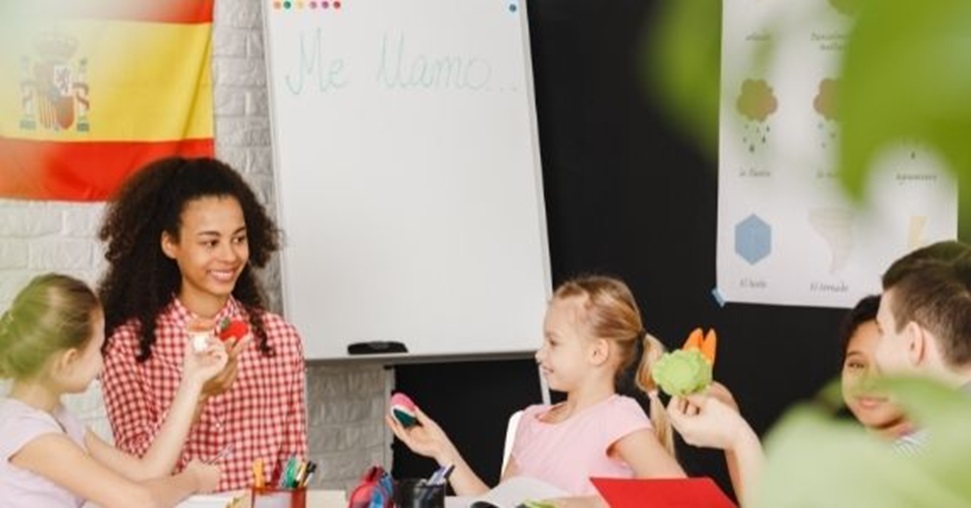
Learning a second language, like Spanish, at an early age offers numerous benefits. It helps young children develop important skills and opens up many opportunities later in life. However, teaching kids any subject can be challenging. To better handle a disinterested student, whether in the classroom or at home, explore Spanish immersion solutions for schools and ready on for three tips for keeping kids interested in learning Spanish.
Integrate Lessons into Everyday Life
One of the most effective ways to keep children engaged in learning Spanish is to integrate the language into various aspects of their daily life. Just as subjects like math and science are useful in other classes and in real-world scenarios, Spanish can be woven into different areas of study and everyday activities.
For teachers, this means incorporating Spanish into other subjects throughout the school day. For example, use Spanish vocabulary during a science lesson or incorporate Spanish numbers into a math class. After school, parents and guardians can encourage language practice by speaking Spanish with their children during daily routines. This consistent exposure helps reinforce what they’ve learned and keeps the language relevant and engaging.
Use Hands-On Learning
There are four main types of learning preferences: visual, auditory, reading/writing, and kinesthetic. Traditionally, teaching has focused on the first three types, which work well for many students. However, young children often benefit the most from kinesthetic learning, which involves using physical movement and hands-on activities.
Incorporating kinesthetic learning into Spanish lessons can be very effective. For example, use physical objects to teach vocabulary words, or create activities where children have to move around and interact with their environment. This hands-on approach helps maintain their attention and makes learning more fun and engaging.
Make Learning Fun with Games
One of the best ways to keep children excited about learning Spanish is to make it fun. Young kids are naturally curious and enthusiastic, especially when they are introduced to the new concepts of a second language.
To maintain this excitement, incorporate games and playful activities into your lessons. Physical games, dances, sing-along songs, and interactive activities can make learning Spanish more enjoyable. These activities are also easy to continue at home, providing more opportunities for children to practice and stay engaged.
Additional Tips for Success
In addition to these methods, it’s important to practice patience and encouragement. Celebrate small victories and progress, no matter how minor they may seem. Show the same level of excitement about learning Spanish as your children do, as your enthusiasm can be contagious.
By integrating Spanish into everyday life, using hands-on learning, and making lessons fun with games, you can help your child or student stay interested and succeed in learning the language. With these strategies, learning Spanish can become an enjoyable and rewarding experience for young learners.



